|
|
|
|
|
|
|
|
Photo Gallery for Plethodon cylindraceus - White-spotted Slimy Salamander
| 22 photos are shown. |
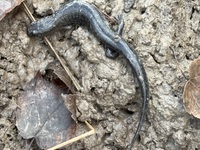 | Recorded by: Paul Hart
Harnett Co. |  | Recorded by: W. Badger
Vance Co. |
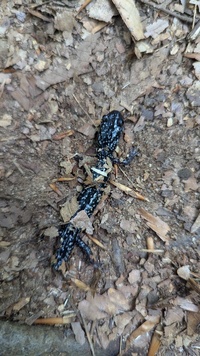 | Recorded by: J. Reynolds
Rockingham Co. |  | Recorded by: David George, Jeff Niznik
Chatham Co. |
 | Recorded by: Andrew W. Jones
Henderson Co. |  | Recorded by: Andrew W. Jones
Henderson Co. |
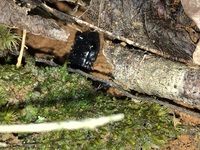 | Recorded by: B. Bockhahn, J. Thomson
Buncombe Co. | 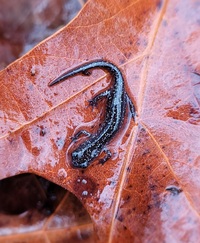 | Recorded by: Andrew W. Jones
Polk Co. |
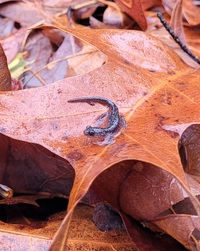 | Recorded by: Andrew W. Jones
Polk Co. |  | Recorded by: B. Bockhahn, J. Thomson
Buncombe Co. |
 | Recorded by: tom ward
Buncombe Co. |  | Recorded by: B. Davis
Burke Co. |
 | Recorded by: A. Pharr
Gaston Co. |  | Recorded by: L. Knepp
Surry Co. |
 | Recorded by: L. Osteen
Orange Co. | 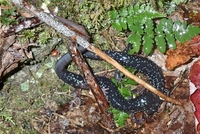 | Recorded by: tom ward
Buncombe Co.
Comment: A courting pair on October 10, 2020. |
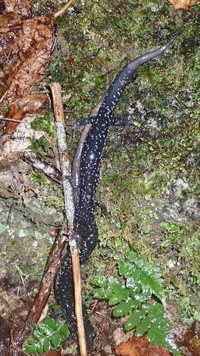 | Recorded by: tom ward
Buncombe Co.
Comment: A courting pair in a tail-straddle walk on October 10, 2020. |  | Recorded by: Morgan Freese
Wake Co. |
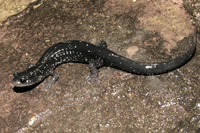 | Recorded by: Owen McConnell
Orange Co. | 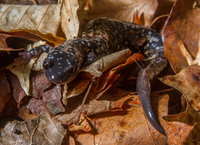 | Recorded by: Steve Hall and Harry LeGrand
Granville Co. |
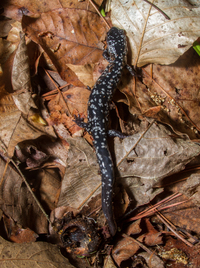 | Recorded by: Steve Hall and Harry LeGrand
Granville Co. | 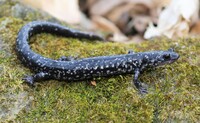 | Recorded by: Rob Van Epps
Mecklenburg Co. |
|
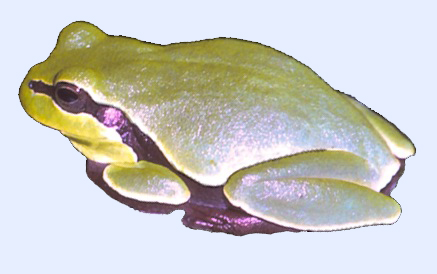
 »
»



 »
»

